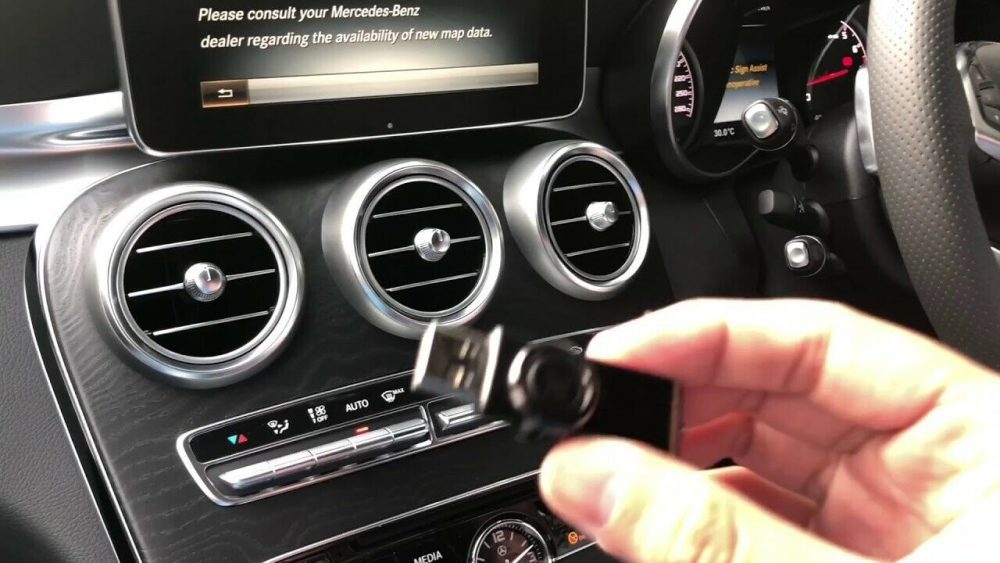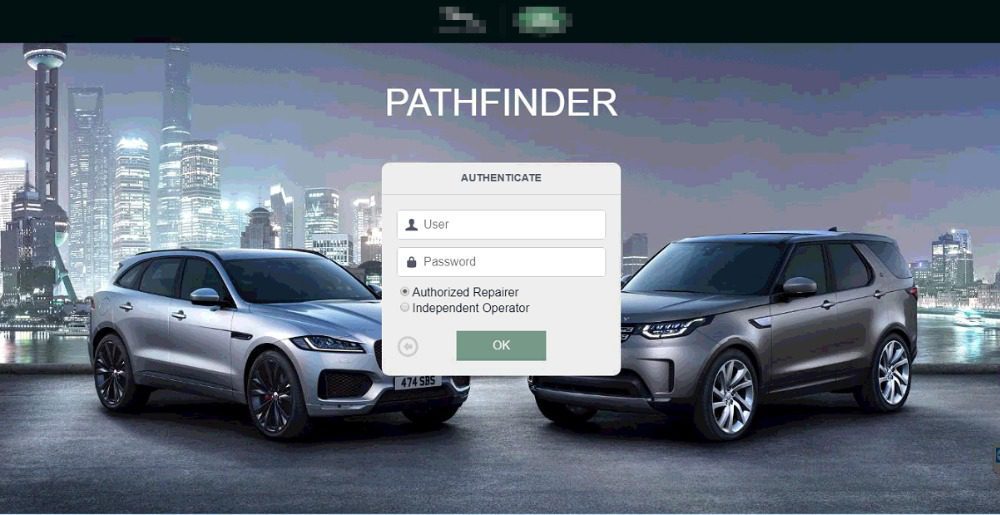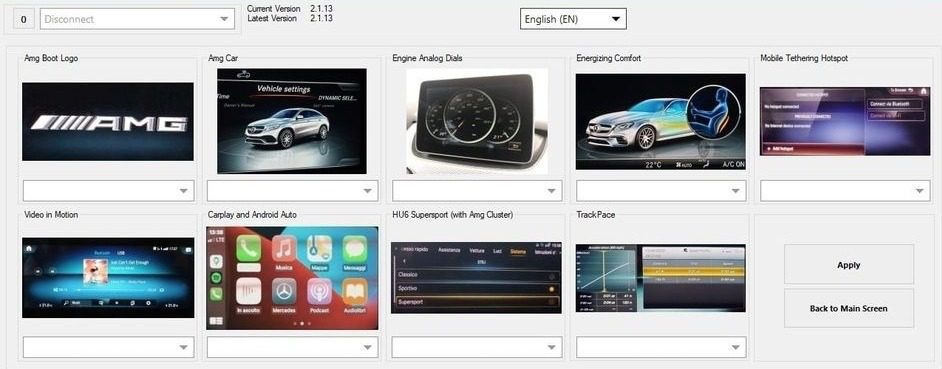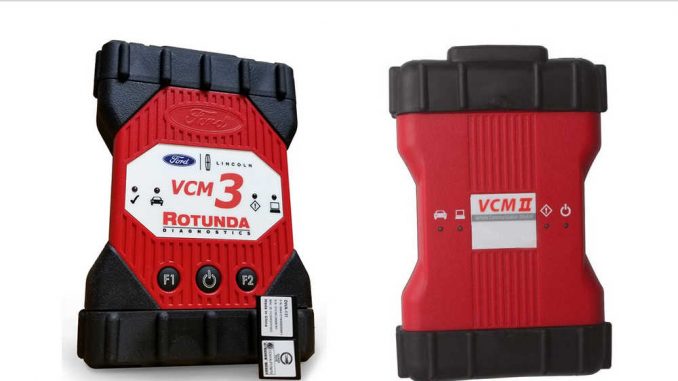
The Ford VCM II and Ford VCM III are car diagnostic tools used for vehicle communication and diagnostics in Ford vehicles. Here’s a comparison of their key features and capabilities:
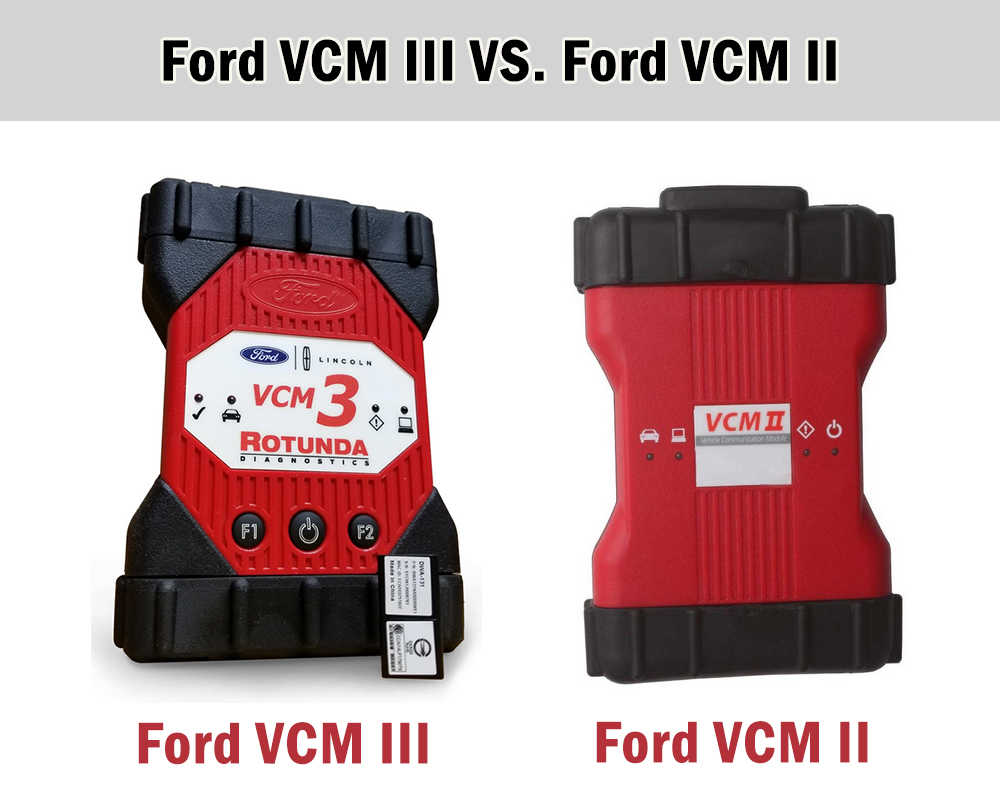
- Ford VCM II:
- The VCM II is an earlier version of the Vehicle Communication Module.
- It supports various diagnostic functions including self-tests, data logger for different vehicle systems, module programming, and PATS functions.
- The VCM II is compatible with Ford’s Integrated Diagnostic Software (IDS) and functions well with most Ford vehicles.
- Ford VCM III:
- The VCM III is the latest version and replaces the VCM II, but it currently offers no additional features over the VCM II for existing vehicle models. However, it is expected to support future vehicle models that the VCM II will not, especially electric cars.
- It features wireless communication (802.11), allowing for a more flexible and remote connection to a laptop for diagnostics.
- The VCM III is designed to work with the latest Ford diagnostic software like IDS, FDRS, and FJDS, providing comprehensive diagnostic and programming capabilities.
- It includes a Customer Flight Recording (CFR) functionality with an optional sling Cable and industry-standard J1962 Data Link Connector (DLC) and USB cable.
- The device has four LED indicators and signaling devices for continuous visual and audible operational status.
In summary, while the VCM III is the newer model and is expected to support future Ford vehicle models, especially electric ones, both the VCM II and VCM III currently offer similar diagnostic capabilities for existing models. The VCM III’s main advantages are its wireless communication feature and compatibility with the latest Ford diagnostic software. The choice between the two would depend on the specific needs of the user and whether they require support for future Ford vehicle models


